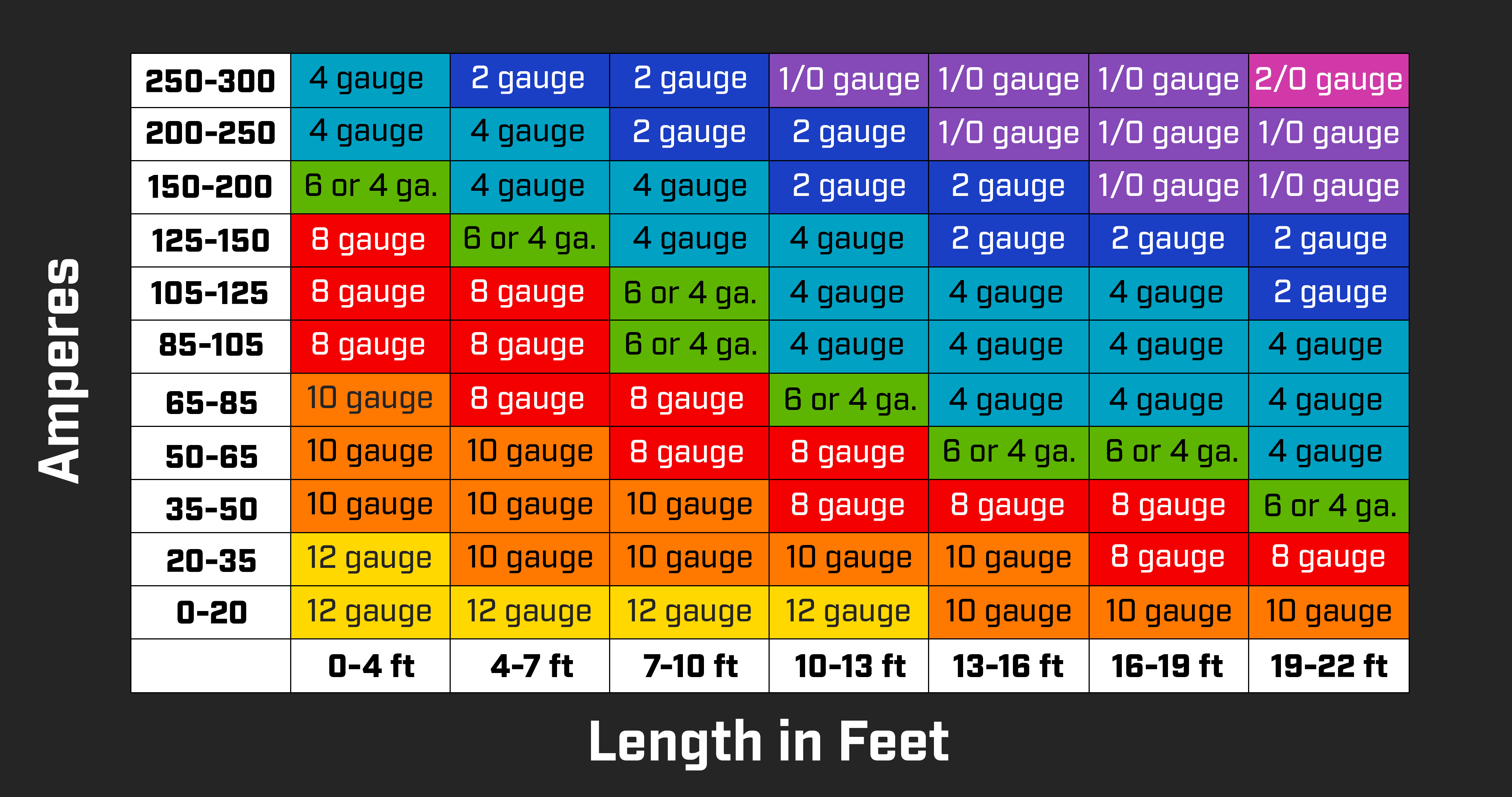
First the plastic casing would melt away and catch fire and it puts your appliance at a fire hazard. Using a thinner wire gauge than 16 for 10 amps would mean that the wire would get overheated upon use and melt. When a wire of a gauge thinner than 16 is used for 10 amps appliances, then not only will the wire get damaged but also cause the appliance to be damaged as well. If an appliance is supplied with current of higher amps than it could withstand, then it would cause its internal circuitry to be damaged. Appliance being damaged due to higher current flow: If this happens, you will no longer be able to use the appliance since the connection has been disrupted and if this happens repeatedly, it would cause major problems to your appliance.

Therefore, it is very dangerous to use a wire that has a gauge lower than the required – it would cause the wire to heat up very quickly and end up being molten in the process. The gauge of a wire defines the width of a wire, therefore if the wire’s diameter is not wide enough for the current flow then it will heat up rapidly.

However, if you use a wrong gauge wire for your appliance – then it would pose some serious issues.īelow are some of the reasons listed why you need to use 16 gauge wire for 10 amps. Wire gauges are excessively important in order to protect your appliance and provide them with a proper power supply. 3 reasons why you need 16 gauge wire for 10 amps However, this wire gauge value is based on the AWG and ampacity chart – therefore, you can contact the manufacturer of the appliance in order to better learn which gauge of wire would be most suitable for the appliance. In case of other amp values – such as 220v 20 amp tools, you need to use a wider wire gauge with a value of 12 AWG while 30 amp ones require 10 AWG. Most electricians and manufacturers would suggest you to use a 16 gauge for 220v 10 amp tool. What gauge wire would I need for 220v 10 amp?Ģ20v and 10 amp is a common rating for many appliances and electronics around our house, so it is necessary that we pick the correct gauge of wire to prevent the devices from getting damaged or worse, causing a fire hazard. Therefore, if you have a circuit breaker of 20 amps, you cannot connect an appliance that demands 30 amps and therefore, the wire gauge has to be used accordingly as well.īut in the reverse case, if the wire gauge can facilitate less power than it was rated for then it doesn’t create a fire hazard for the appliance.

The wire gauges are specific for each ampacity value and cannot be used interchangeably on breakers of different ampacity values. Usually this configuration is used in low power consuming appliances such as hair dryers, toasters, vacuum cleaners, radiators and dishwashers. There are different wire gauges for different values of ampacity – one such case is the wire gauge of 16 AWG can facilitate a maximum of 10 amps. The flow of current and the resistance should be suitable to allow the appliance to work as intended. The sizing of a wire is important for a circuit breaker because it helps you determine which wire is required to meet the specific power demands of an appliance. However, unlike conventional measurement practices – wire gauges are measured from high to low values with higher valued wires being thinner and lower valued ones being thicker. The gauge is a measurement that relates to the diameter or thickness of a wire, therefore an AWG represents the thickness of a wire. In order to group the wires according to their dimensions and capacities, they are classified into gauges which are also referred to as AWG or American Wire Gauge.

Wires have different properties that make them capable of handling different ranges of voltage and current.


 0 kommentar(er)
0 kommentar(er)
